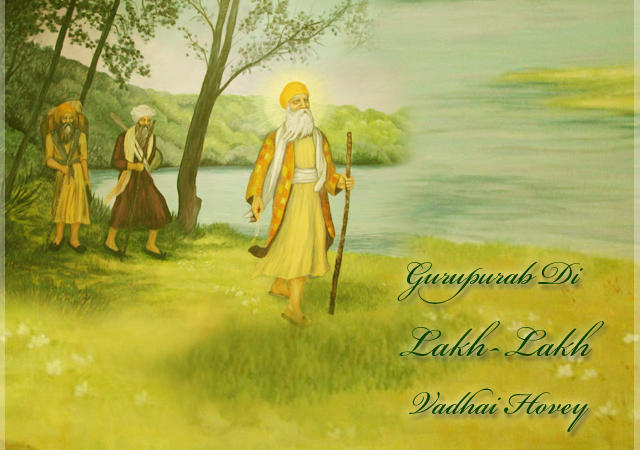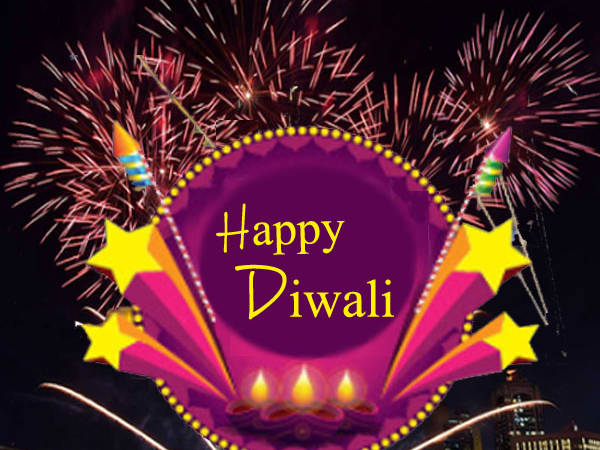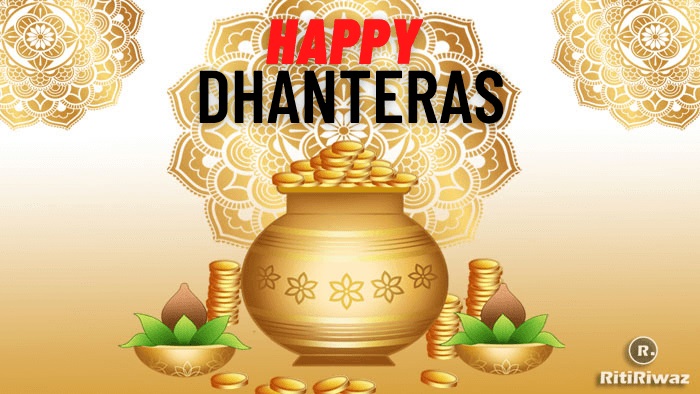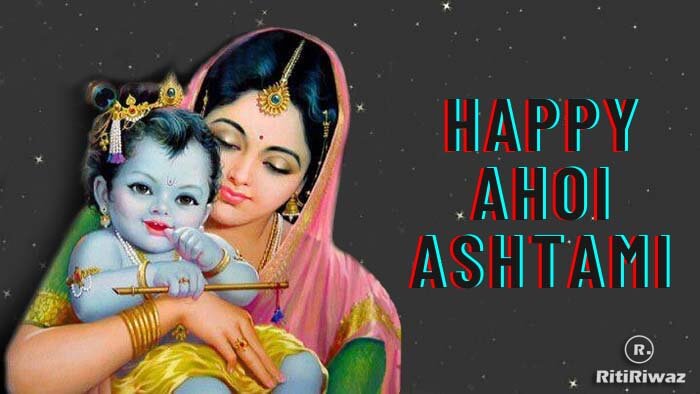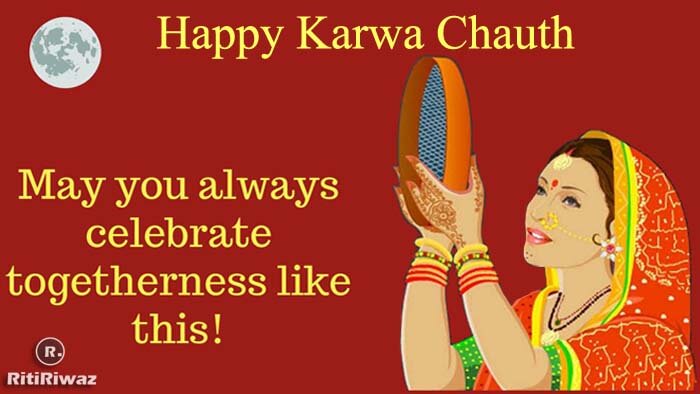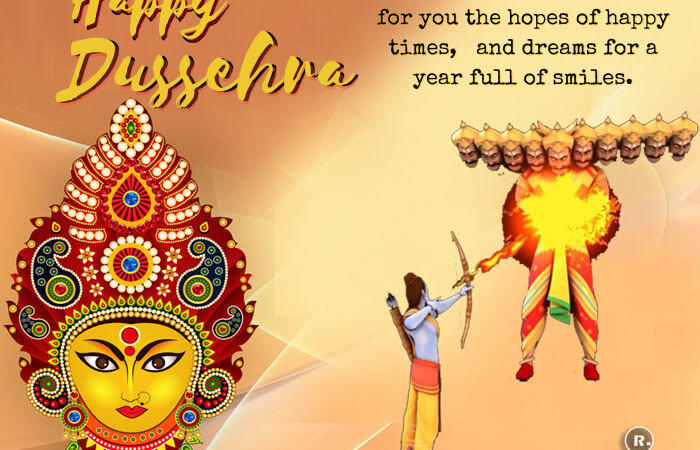The Indian Caste System
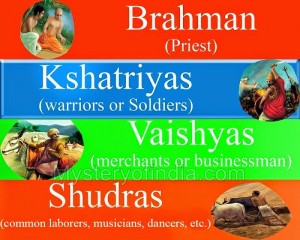
The Indian Caste System divided Hindus into four major categories. These were the Brahmin, the Kshatriyas, the Vaishyas, and the Sudras.
The Beginning of the caste system
The religious theories explain how the four Varnas were founded, but they do not explain how the Jats in each Varna or the untouchables were founded. According to Rig Veda, the ancient Hindu book, the primal man – Purush – destroyed himself to create a human society. The different Varnas were created from different parts of his body. The Brahmans were created from his head; the Kshatriyas from his hands; the Vaishyas from his thighs and the Sudras from his feet. The Varna hierarchy is determined by the descending order of the different organs from which the Varnas were created. Other religious theory claims that the Varnas were created from the body organs of Brahma, who is the creator of the world.
The biological theory claims that all existing things, animated and inanimated, inherent three qualities in different apportionment. Sattva qualities include wisdom, intelligence, honesty, goodness, and other positive qualities. Rajas include qualities like passion, pride, valor, and other passionate qualities. Tamas’s qualities include dullness, stupidity, lack of creativity, and other negative qualities. People with different doses of these inherent qualities adopted different types of occupations.
According to this theory the Brahmans inherent Sattva qualities. Kshatriyas and Vaisyas inherent Rajas qualities. And the Sudras inherent Tamas qualities.
Like human beings, food also has an inherent different dosage of these qualities, and it affects its eater’s intelligence. The Brahmans and the Vaisyas have a Sattvic diet which includes fruits, milk, honey, roots, and vegetables. Most of the meats are considered to have Tamasic qualities. Many Sudra communities eat different kinds of meat (but not beef) and other Tamasic food. But the Kshatriyas who had a Rajasic diet eat some kinds of meat like deer meat which is considered to have Rajasic qualities. Many Marathas who claim to be Kshatriyas eat mutton. The drawback of this theory is that in different parts of India the same food was sometimes qualified to have a different dosage of inherent qualities. For example, there were Brahmans who eat meat which is considered Tamasic food.
The social-historical theory explains the creation of the Varnas, Jats, and of the untouchables. According to this theory, the caste system began with the arrival of the Aryans in India. The Aryans arrived in India around 1500 BC. The fair-skinned Aryans arrived in India from south Europe and north Asia. Before the Aryans, there were other communities in India of other origins. Among them Negrito, Mongoloid, Australoid, and Dravidian. The Negrito have physical features similar to the people of Africa. The Mongoloid has Chinese features. The Australoids have features similar to the aboriginals of Australia. The Dravidians originate from the Mediterranean and they were the largest community in India. When the Aryans arrived in India their main contact was with the Dravidians and the Australoids. The Aryans disregarded the local cultures. They began conquering and taking control over regions in north India and at the same time pushed the local people southwards or towards the jungles and mountains in north India.
The Aryans organized themselves into three groups. The first group was of the warriors and they were called Rajayana, later they changed their name Rajayana to Kshatriya. The second group was of the priests and they were called Brahmans. These two groups struggled politically for leadership among the Aryans. In this struggle, the Brahmans got to be the leaders of the Aryan society. The third group was of the farmers and craftsmen and they were called Vaisya. The Aryans who conquered and took control over parts of north India subdued the locals and made them their servants. In this process, the Vaishyas who were the farmers and the craftsmen became the landlords and the businessmen of the society and the locals became the peasants and the craftsmen of the society.
In order to secure their status, the Aryans resolved some social and religious rules which, allowed only them to be priests, warriors, and the businessmen of the society. For example, take Maharashtra. Maharashtra is in west India. This region is known by this name for hundreds of years. Many think that the meaning of the name Maharashtra is in its name, Great Land. But there are some who claim that the name, Maharashtra, is derived from the Jat called Mahar who are considered to be the original people of this region. In the caste hierarchy, the dark-skinned Mahars were outcasts. Skin color was an important factor in the caste system. The meaning of the word “Varna” is not class or status but skin color.
Between the outcasts and the three Aryan Varnas, there is the Sudra Varna who is the simple worker of the society. The Sudras consisted of two communities. One community was of the locals who were subdued by the Aryans and the other were the descendants of Aryans with locals. In Hindu religious stories there are many wars between the good Aryans and the dark-skinned demons and devils. The different Gods also have dark-skinned slaves. There are stories of demon women trying to seduce good Aryan men in deceptive ways. There were also marriages between Aryan heroes and demon women. Many believe that these incidences really occurred in which, the gods and the positive heroes were people of Aryan origin. And the demons, the devils, and the dark-skinned slaves were, in fact, the original residence of India whom the Aryans coined as monsters, devils, demons, and slaves.
As in most of the societies of the world, so in India, the son inherited his father’s profession. And so in India, there developed families, who professed the same family profession for a generation in which, the son continued his father’s profession. Later on, as these families became larger, they were seen as communities or as they are called in Indian languages, Jat. Different families who professed the same profession developed social relations between them and organized as a common community, meaning Jat.
Later on, the Aryans who created the caste system added to their system non-Aryans. Different Jats who professed different professions were integrated into different Varnas according to their profession. Other foreign invaders of ancient India – Greeks, Huns, Scythians, and others – who conquered parts of India and created kingdoms were integrated into the Kshatriya Varna (warrior castes). But probably the Aryan policy was not to integrate original Indian communities within them and therefore many aristocratic and warrior communities that were in India before the Aryans did not get the Kshatriya status.
Most of the communities that were in India before the arrival of the Aryans were integrated into the Sudra Varna or were made outcasts depending on the professions of these communities. Communities that professed non-polluting jobs were integrated into Sudra Varna. And communities who professed polluting professions were made outcasts. The Brahmans are very strict about cleanliness. In the past, people believed that diseases can also spread also through the air and not only through physical touch. Perhaps because of this reason, the untouchables were not only disallowed to touch the high caste communities but they also had to stand at a certain distance from the high castes.
The Religious form of Caste System
In Hinduism, there exist four castes arranged in a hierarchy. Anyone who does not belong to one of these cases is an outcast. The religious word for caste is ‘Varna’. Each Varna has certain duties and rights. Each Varna members have to work in a certain occupation which only that Varna members are allowed. Each Varna has a certain type of diet. The highest Varna is of the Brahman. Members of this class are priests and the educated people of society. The Varna after them in the hierarchy is Kshatriya. The members of this class are the rulers and aristocrats of society. After they are the Vaisya. Members of this class are the landlords and businessmen of society. After them in the hierarchy are the Sudra. Members of this class are the peasants and working class of the society who work in non-polluting jobs. The caste hierarchy ends here. Below these castes are the outcasts who are untouchable to the four castes. These untouchables worked in degrading jobs like cleaning, sewage, etc.
The first three castes had social and economic rights which the Sudra and the untouchables did not have. The first three castes are also seen as ‘twice-born. The intention in these two births is to the natural birth and to the ceremonial entrance to the society at a much later age.
Each Varna and also the untouchables are divided into many communities. These communities are called Jat or Jati (The caste is also used instead of Jat). For example, the Brahmans have Jats called Gaur, Konkanash, Sarasvat, Iyer, and others. The outcasts have Jats like Mahar, Dhed, Mala, Madiga, and others. The Sudra is the largest in Varna and it has the largest number of communities. Each Jat is limited to professions worthy of their Varna. Each Jat is limited to the Varna diet. Each Jat member are allowed to marry only with their Jat members. People are born into their Jat and it cannot be changed.
This is how the caste system is supposed to be in its religious form. But in reality, it is much more complicated and different from its religious form.
The caste system in modern India
The leaders of independent India decided that India will be a democratic, socialist, and secular country. According to this policy, there is a separation between religion and state. Practicing untouchability or discriminating against a person based on his caste is legally forbidden. Along with this law, the government allows positive discrimination of the depressed classes of India.
The Indians have also become more flexible in their caste system customs. In general, the urban people in India are less strict about the caste system than the rural. In cities, one can see different caste people mingling with each other, while in some rural areas there is still discrimination based on castes and sometimes also on untouchability. Sometimes in villages or in the cities, there are violent clashes which, are connected to caste tensions. Sometimes the high castes strike the lower castes who dare to uplift their status. Sometimes the lower caste gets back on the higher castes.
In modern India, the term caste is used for Jat and also for Varna. The term, caste was used by the British who ruled India until 1947. The British who wanted to rule India efficiently made lists of Indian communities. They used two terms to describe Indian communities. Castes and Tribes. The term caste was used for Jats and also for Varnas. Tribes were those communities who lived deep in jungles, forests, and mountains far away from the main population and also communities who were hard to be defined as castes for example communities who made a living from stealing or robbery. These lists, which the British made, were used later on by the Indian governments to create lists of communities who were entitled to positive discrimination.
The castes, which were the elite of Indian society, were classified as high castes. The other communities were classified as lower castes or lower classes. The lower classes were listed in three categories. The first category is called the Scheduled Castes. This category includes its communities that were untouchables. In modern India, untouchability exists to a very low extent. The untouchables call themselves Dalit, meaning depressed. Until the late 1980s, they were called Harijan, meaning children of God. This title was given to them by Mahatma Gandhi who wanted the society to accept untouchables within them.
The second category is the Scheduled Tribes. This category includes those communities who did not accept the caste system and preferred to reside deep in the jungles, forests, and mountains of India, away from the main population. The Scheduled Tribes are also called Adivasi, meaning aboriginals.
The third category is called sometimes Other Backward Classes or Backward Classes. This category includes in it castes who belong to Sudra Varna and also former untouchables who converted from Hinduism to other religions. This category also includes nomads and tribes who made a living from criminal acts.
According to the central government policy, these three categories are entitled to positive discrimination. Sometimes these three categories are defined together as Backward Classes. 15% of India’s population are Scheduled Castes. According to central government policy, 15% of the government jobs and 15% of the students admitted to universities must be from Scheduled Castes. For the Scheduled Tribes, about 7.5% of places are reserved which is their proportion in the Indian population. The Other Backwards Classes are about 50% of India’s population, but only 27% of government jobs are reserved for them.
Along with the central government, the state governments of India also follow a positive discrimination policy. Different states have different figures of communities entitled to positive discrimination based on the population of each state. Different state governments have different lists of communities entitled to positive discrimination. Sometimes a specific community is entitled to rights in a particular state but not in another state of India.
In modern India, new tensions were created because of these positive discrimination policies. The high caste communities feel discriminated by the government policy to reserve positions for the Backward Classes. In many cases, a large number of high caste members compete for a few places reserved for them. While the Backward Classes members do not have to compete at all because of a large number of reserved places for them compared to the candidates. Sometimes in order to fill the quota, candidates from the lower classes are accepted even though they are not suitable. Sometimes some reserved positions remain unmanned because there were few candidates from the lower classes causing more tension between the castes. Between the lower castes, there are also tensions over the reservation.
In the order of priority for a reserved place of the Backward Classes, a candidate from the Scheduled Castes is preferred over a candidate from the Scheduled Tribes who is preferred over a candidate from the Other Backward Classes. As stated earlier Other Backward Classes are about 50% of India’s population but only 27% of the Other Backward Classes are entitled to positive discrimination according to central government policy. Some Other Backward Classes communities are organizing politically to be recognized as Backward Classes entitled for positive discrimination.
The Scheduled Tribes who are seen as the aborigines of India got ownership and certain rights over Indian land. Many communities in India claim also to be aborigines of India and they are claiming the same rights as the Scheduled Tribes.
The caste identity has become a subject of political, social, and legal interpretation. Communities who get listed as entitled for positive discrimination do not get out of this list even if their social and political conditions get better. In many cases, the legal system is involved to decide if a certain person is entitled to positive discrimination.
But with all this positive discrimination policy, most of the communities who were low in the caste hierarchy remain low in the social order even today. And communities that were high in the social hierarchy remain even today high in the social hierarchy. Most of the degrading jobs are even today done by the Dalits, while the Brahmans remain at the top of the hierarchy by being the doctors, engineers, and lawyers of India.

